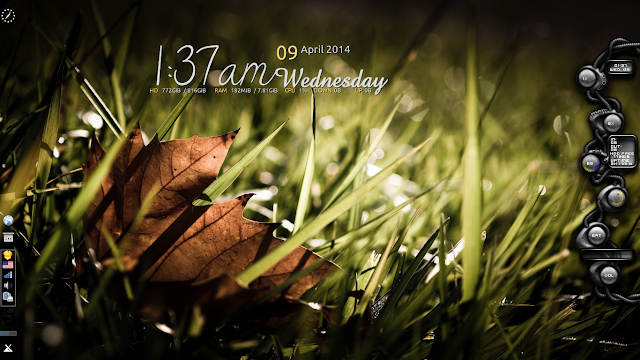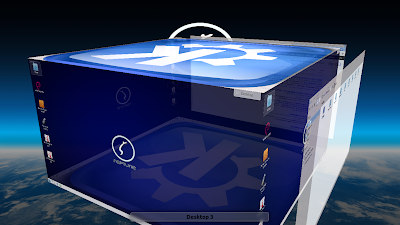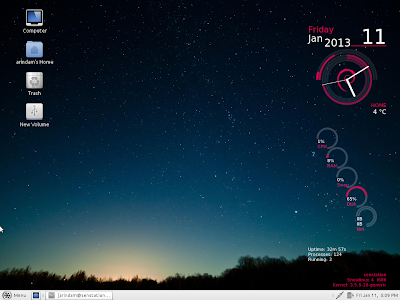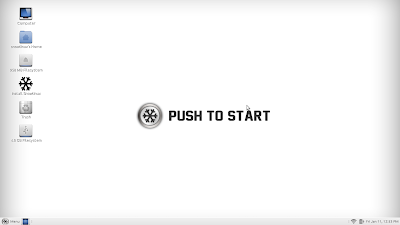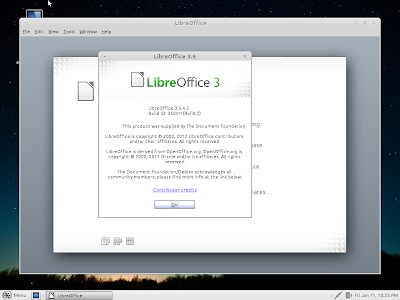If you need a cutting edge Linux OS but you have a very very low resource computer, what would you do? You download Crunchbang and your computer will start performing blazing fast and amazingly stable. Now Crunchbang 11 Waldorf is in the testing stage, based on Debian Wheezy (it's also testing till date). I guess once Wheezy is released as a stable distribution, we will have the Crunchbang stable as well.
The 800 MB ISO I downloaded from
Crunchbang site, is a testing version and hence, may not be ideal to use for your regular production work. However, I bet once you use it, you'll end up using it regularly. In my use, I didn't note any significant bug or anything not working. Of course, it is in virtualbox.
Live boot is quick and fast. It will ask you whether you want a live boot or install it. The desktop is pure minimalistic - no menu no icons - nothing. Right click and you get everything! There is a conky on the right upper corner to tell you the system stats and short cuts.
Applications
Crunchbang is in a different genre of minimalistic distros. It is minimalistic but complete and the 800 MB ISO is packed with almost all the essential apps, except may be VLC. Abiword, Gnumeric and Google docs are there for Office work, along with a link to download LibreOffice suite. Iceweasel is the default browser (which I never liked) with out-of-the box flash support along with links to download your favorite browser like Chromium, Firefox, etc. GIMP is to manage your image editing needs and it is the latest version (2.8). Multimedia section is weak with only Gnome media player but you can download VLC, Rhythmbox, Banshee, etc. from the debian repository.
The distro is all black and white. Even Google is kind of black colored in Crunchbang! If you love black, you'll surely have fun with Crunchbang.
Minimalistic is stylish as well - look what happened when I changed the wallpaper!
The Synaptic package manager can be used to add/delete applications and it sources apps from the Debian testing repository.
CPU and RAM Usage
Crunchbang uses the nimble Openbox window manager and is extremely light on resources. With only conky running, it uses about 100 MB RAM and 4-5% of CPU!
Overall
I am eagerly waiting for the final release. Crunchbang 11 would definitely be lighter than any other debian derivative and extremely functional, as well. I am really fond of the minimalistic look that Crunchbang has along with the stability of Debian. Specially those who think Gnome 3 and Unity are ruining the essence of a lightweight, low resource consuming but functional Linux OS, Crunchbang is a must try for them. If you like it, you'll get addicted to it.
More screenshots of Crunchbang 11 is in my Picasa album.
